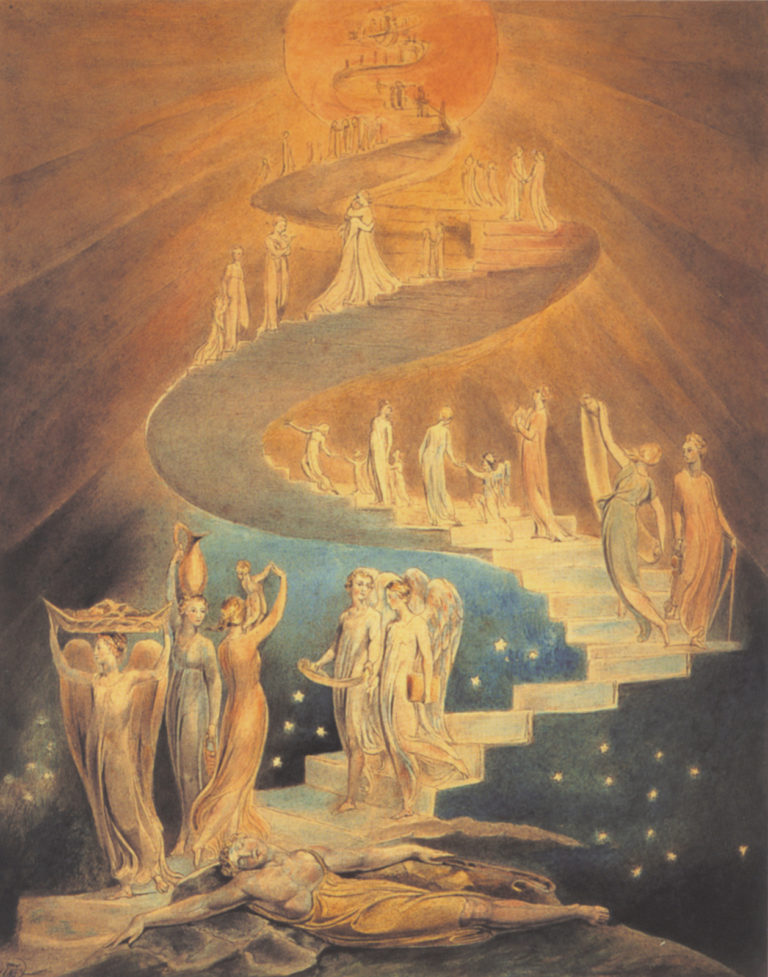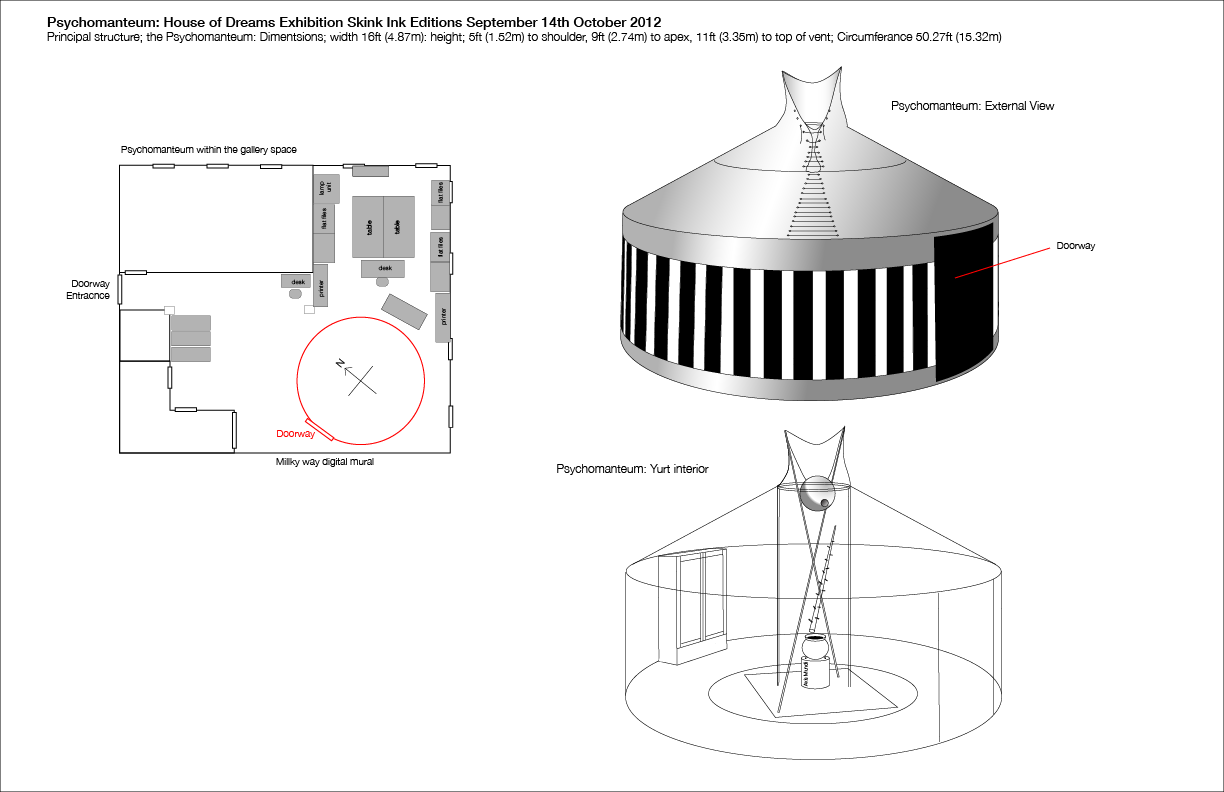Science versus Spirit
In this the age of the ‘God particle’—the name of which perfectly embodies our modern paradox—we are locked into a scientific and materialist world view yet catch ourselves searching for something larger, some higher truth that satisfies our search for greater meaning and purpose.
With this work the artist was building on a life long interest in the role of science as the provider of answers and displacer of religious authority. He uses this show to turn the telescope around and take a look as some of the answers that science cannot provide. This installation is intended to generate discussion about spirit within our empirical understanding of existence. Although it intentionally tries to sidestep antagonism between established religion and ‘Dawkinsian’ atheism by keeping the concept of spirit in the realm of direct personal experience as opposed to established religious belief.


What is a Psychomanteum?
A psychomanteum is a recreation of an ancient greek oracle that makes use of a reflective surface to enable a participant to have visions. The intention of the participant in a psychomanteum is to see spirit, usually those of a dead relative or loved ones.
The participant enters the space with the guide in this case the artist who has created this environment. The guide explains how the process works and then leaves after a short cleansing ritual and the participant is then free to say inside for as long as they want. They will have been invited to stare into a mirror that is angled in such a way as to make focusing on anything difficult. All they would be able to see form their seated position is a black area of the ceiling that is intentionally without definition. The space is dark, illuminated only with one or two candles, they are surrounded by artwork and esoteric decoration. The air will have been cleansed with sage or palo-sante and there is low electronic ambient music so all their senses will be stimulated. After a while visions may come.
For some people there may not be visions but an experience of their loved one through smell, touch, hearing or just sensing their presence. Approximately 50% of participants have some kind of experience. Some have profoundly real visions in the mirror, most had something more subtle. All felt that their journey was beneficial in some way. Even if it just as a simple meditation that helped to make peace with life’s events.

The Artwork
The House of Dreams is an art project started in 2005 in response to the death of my own father. After reading several books by Raymond Moody such as ‘Reunions’ and another called ‘Life after Life’ I was intrigued by the possibility of making contact. According to Moody the use of reflective surfaces is traditional in divination and comes down to us as the trope of the psychic with a crystal ball. Polished and reflective surfaces are common across history and cultures, from polished spoons carried by Buddhist monks to obsidian, glass and even water. The French surrealist Jean Cocteau makes use of the mirror as a portal to the underworld in his classic film ‘Orphée’.
I had the idea to recreate the Psychomnateum that Moody described in the first book as an art project. This way it would be devoid of much of the cultural baggage that it would surely accrue if it were seen as either a scientific study in psychology or an exercise in religion or spiritualism. In art a highly charged subject such as this can be seen as a simple game or experiment much like using a Ouija board. It can be an ironic statement or a full blown investigation in to the nature of life. As the participants are none the wiser they had the freedom to approach it how they wished.
In truth most people approached it with openness, sincerity and a genuine desire to see the people they had lost.